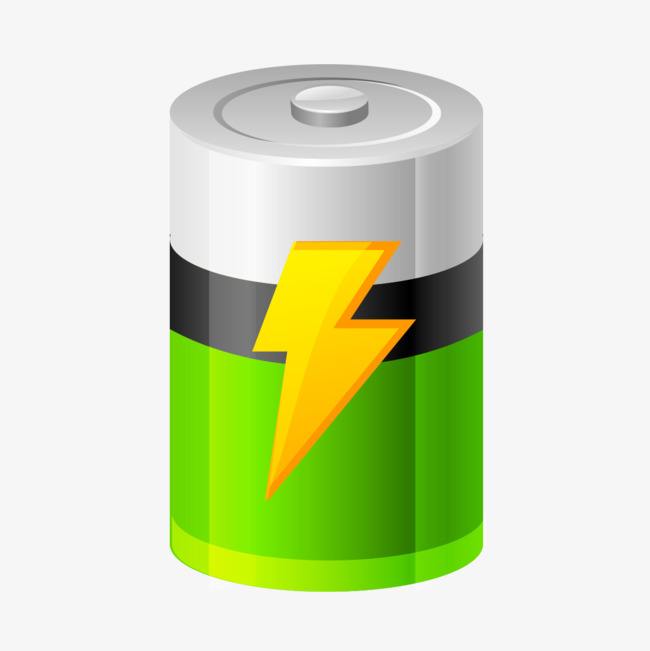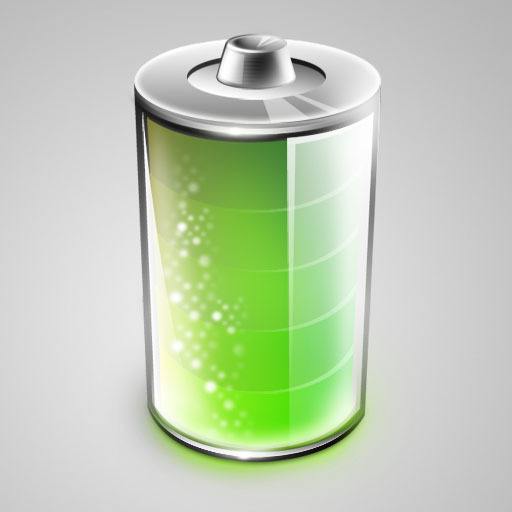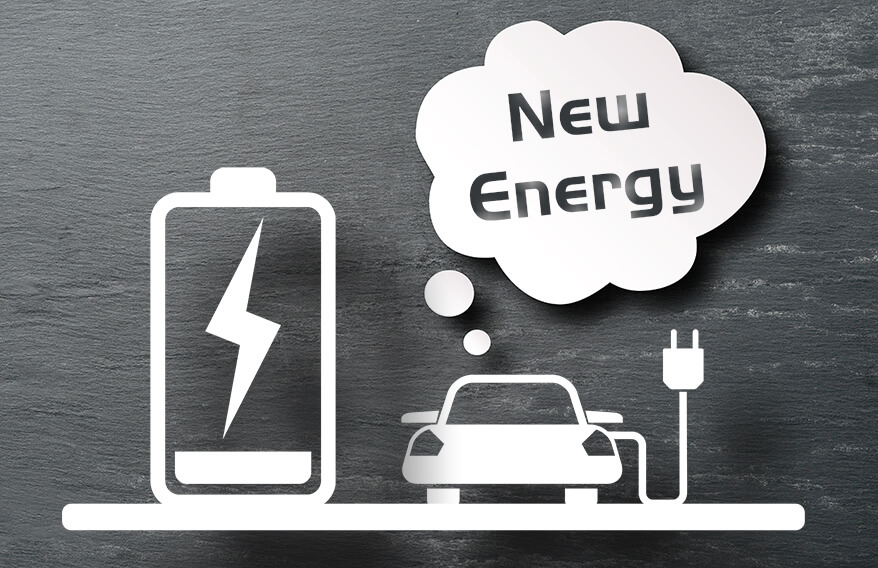Lithium-Ion Battery Memory Charging Cycling
May 20, 2019 Pageview:1212
The electric forklift market has recorded a significant increase in sales. In the last year of 2017, 18.27% more than in 2016 were sold, compared to the drop in thermal forklifts, which registered a 4.83% annual drop, according to data from Association of Equipment Distribution Companies of Maintenance. At the moment the market coexists the batteries of lead acid and the novel batteries of lithium ions.

Subtitle 1: Memory Effect Chemistry:
One of the key factors that determine the useful life of a cell phone battery is the number of charging cycles. Commonly, the lithium-ion batteries that come in the current mobiles have a duration of 300 to 500 charging cycles. When that limit is reached, batteries can lose around 20% of their capacity, depending on the manufacturer. This means that your load will last less and eventually will have to be replaced.
To maintain long-term battery capacity, it is crucial to consider this factor. You have to understand when or how a charge cycle is completed and what to do to extend its life, and therefore extend the life of the battery.
Subtitle 2: Battery Memory Effect Fix:
When A Load Cycle Is Completed:
A first concept that must be known is when a load cycle is completed. Do not let yourself be confused by the term. The mobile manufacturer Apple indicates that a charging cycle is completed when 100% of the battery has been used or discharged. It clarifies that this process must not occur uninterruptedly. If you consume 75% of battery in a day and recharge at night, a consumption of 25% the next day, it would be adding a total of 100%, which would count as a load cycle. That is, a load cycle could be completed on the same day or in several days.
Subtitle 3: li-ion battery Charging Circuit:
The electronic forklifts are undoubtedly much friendlier with the environment, not only by the emission of no gases or particulate pollutants into the atmosphere and the significant reduction in the noise level but also by the energy savings that its use you get and therefore cost for your company.
Although the purchase price of lithium ions, is considerably higher than that of conventional lead-acid, its advantages do not go unnoticed and should take them into account when buying a new battery for your computer.
What Is A Lithium-Ion Energy Accumulator?
The cells of the lithium-ion batteries are composed, in the same way as to lead-acid batteries, by 4 basic components: anode, cathode, electrolyte, and separator. Inside a lithium-ion battery are two intercalation compounds that act as electrodes and are immersed in the electrolyte.
The anode material (Lithium-Carbon) is common in all lithium batteries, but the cathode material of the batteries differs according to the type of battery in question. In the case of Lithium-Ion batteries, the cathode material is lithium oxide (Li2O). The four components are responsible for producing electricity through electrochemical reactions.

How Many Load Cycles Does My Device Have?
Every electronic device that has a built-in battery has a maximum number of charge cycles before it begins to deteriorate. It is as if we were saying a battery that you are using, and there comes a time that wears.
In the case of batteries, the duration is much shorter, but in the case of batteries that incorporate mobile phones, for example, the useful life of these is more durable but still requires specific care and precautions.
The lithium-ion batteries, which are currently incorporated into the devices, have an average life of approximately 300 to 500 charging cycles, and once that number has passed, you will begin to notice that your battery does not perform as it did the first day. It is said that from that moment, the battery can lose about 20% of its capacity. To take care of your battery as best as you can, and you should know a little more about this topic.
Subtitle 4: lithium-ion battery Charging Best Practices:
Some Tips To Take Care Of Your Battery:
The first thing is always to have our devices updated to the latest version of the operating system because they are better optimized than in previous versions.
Be very careful with the temperature. The batteries of the iPhone, iPad, and Macs are optimized to work between 0 degrees and 35, but Apple advises us to be between 16 and 22 degrees. Use them, and even load them, at very low or very high temperatures can make our battery discharge faster, but calm because this will be solved when you are in the right temperature range.
Be careful with the case you use. Some cases do not dissipate well the heat generated by your device when it is charging, so it is best to remove it when you go to charge the battery.

Recommendations To Extend The Life Of li-ion batteries:
1. Do not charge the batteries to the maximum capacity: Incredibly, it is not advisable to charge the batteries of our devices up to 100% of their capacity, in fact, it is advisable to charge them up to 80% or 90% of their capacity. If you cannot avoid loading them up to 100%, it is best to disconnect them from the charger when this limit is reached. By remaining connected more than necessary, there is "mini-cycles" of charge in the battery that end up decreasing their useful life.
2. Download the battery completely once a month: Although it is a contradiction of the first point, there is a reason for this. Lithium-ion batteries are also known to be smart; this "intelligence" is what allows the devices to warn us about the approximate charging time left to the battery. As a result of several loading and unloading processes, these values are no longer accurate, in order to recalibrate the battery manufacturers recommend a full discharge.
3. Use the correct charger for your type of battery: Charging the batteries using any charger not only contributes to reducing its useful life but also can be dangerous. A battery that is connected to an improper charger can overheat and even catch fire. Always try to use the charger supplied with the battery or device that uses it.
- Prev Article: Solid State Battery Vs. Lithium Ion
- Next Article: How to peel a lithium battery?
Leave Message
Hottest Categories
-
Hottest Industry News
-
Latest Industry News









